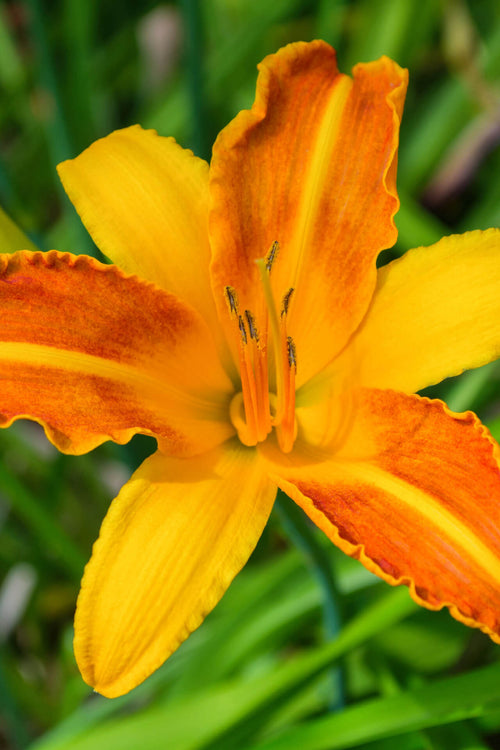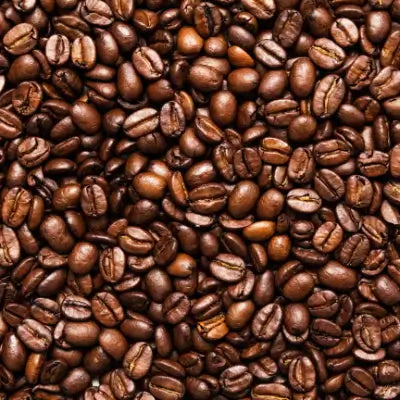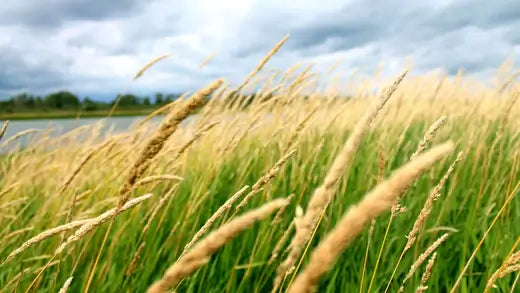Daylilies of the Field
Daylily plants create a splendid garden scene. The Latin name for Daylilies is Hemerocallis. They are related to thousands of species of the lily family. These unusual plants are well known for their ability to multiply. From a single daylily plant, up to 50 plants will bloom in Zones 3 to 9 from July to August. Daylily roots spread beneath the soil and create new growth that pushes through the earth, reaching for sunlight and rain. They are available in various colors and variegated hues and require no maintenance after planting them.
Create a Garden Palette of Daylily Plants
Since daylilies grow up to two feet tall, they need room to spread out. They have long, slender stalks with a profusion of elongated leaves that remain low to the ground. The effect of blooming daylily plants is stunning. These plants make an excellent soloist in a garden or can be a backdrop to smaller plants. When planting daylilies with other plants, choose species that won't spread or interfere with the natural growth of daylilies. Plant daylilies in various colors such as yellow, orange, deep purple, or white to capture attention. Daylilies can be planted with other tall flowering plants like Lavender, Gladiola, or Liatris. To use daylilies for borders, plant them with hens and chicks, variegated Hosta, Astilbe, or feathery Achillea.
Daylilies prefer full to partial sun and are perfect for steep slopes, embankments, and other areas where it is difficult to grow grass or other plants. Daylilies also make ideal foundation plantings due to a wide variety of colors. The shape of the daylily flower begins with a small green shoot from the tall stem. There are three sepals and three petals on each flower. The inner portion of the bloom may be a darker color than the outer petals. Blooms generally fall off at the peak of maturity, while the leaves remain until the first frost. It's advisable to remove any remaining blooms on daylily stems.
Tips on Planting Daylilies
Daylilies are one of the least expensive plants. However, since they tend to spread quickly and are unusually hardy, six daylilies should be sufficient for a large garden. By summer, six plants may increase to a dozen or more. These can be transplanted or divided.
Plant daylilies about four inches deep in the soil. Daylilies are not hard to get to grow and thrive. They can survive extremes of temperature and still flourish. These plants are generally sold in clumps and can be immediately inserted into garden soil. Give the soil a light mist of water at planting time.
Growing Daylilies Indoors
There are two ways to grow daylilies indoors. The first method is to start them outdoors in pots and bring them in before the first frost. The second method is to start them from roots and bulbs. Growing these plants indoors requires full sunlight and a warm temperature of at least 70 degrees. Indoor daylilies need pots with good drainage.
Nurseries That Sell Daylily Plants
Tn Nursery
Tree Nursery
Tennessee Wholesale Nursery


















































